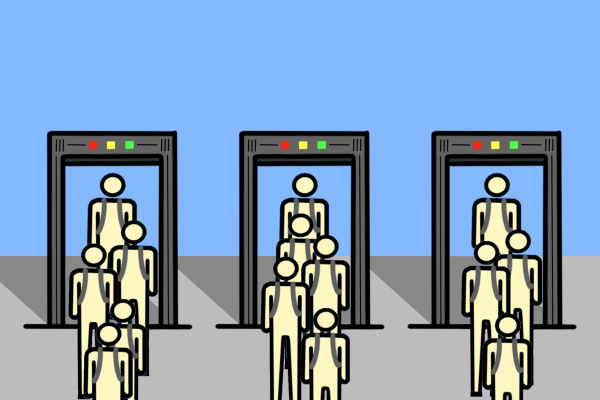Is the current minimum wage enough?
The minimum wage rate is the lowest hourly pay that can be provided to worker. Minimum wages for employees in public and private sectors are determined by The Fair Labor Standards Act (FLSA), applying to both the Federal and State governments. As a result, employees must be paid the legal minimum wage or more.
Federal Minimum Wage
As of now, the current federal minimum wage is $7.25 per hour, and has not increased since July 2009. Regardless, some states, cities and counties have a greater minimum wage rate. When the state, city or county minimum wage rate is higher than the federal rate, employers are required to pay workers the higher amount in these areas.
The Department of Labor released a notice in September 2017 in the Federal Register to report that, starting Jan. 1, 2018, the Executive Order 13958 minimum wage rate was to be increased to $10.35 per hour. This Executive Order generally covers workers initiating in or in affiliation with federal covered contracts. Further, on the same date, tipped employees who work on or who are linked with covered contracts must be paid at the minimum wage, $7.25 per hour.
Exemptions from the current Minimum Wage
It’s important to be aware that some employees are exempt from the set minimum wage requirements, particularly those who are not protected under the FLSA. This applies to tipped employees such as restaurant workers, and several others that can be paid at a lower rate than the current minimum wage.
According to the Bureau of Labor Statistics (BLS), “Some workers reported as earning at or below the prevailing federal minimum wage may not, in fact, be covered by federal or state minimum wage laws because of exclusions and exemptions in the statutes. Thus, the presence of workers with hourly earnings below the federal minimum wage does not necessarily indicate violations of the FLSA or state statutes in cases where such standards apply.”
Who receives minimum wages?
In 2016, the BLS stated that 79.9 million workers age 16 and older in the United States were paid hourly rates, representing 58.7 percent of all wage and salary workers in the country. Further, from those who were paid by the hour, 701,000 workers earned the current federal minimum wage of $7.25 per hour. Where 1.5 million had wages below the federal minimum.
Is the minimum wage livable?
The federal poverty level is $23,050 for a family of four. That annual income is equivalent to $10.60 per hour for a full-time worker. Thus, depending on the unit size of those working, the matter of necessary income changes. For example, a single person must earn $11,170, or $5.21 an hour to be at least above the poverty level, differing from that of a family units income needs. However, depending on the State, city, or county of residence, certain living costs change, along with that of minimum wage rates.












